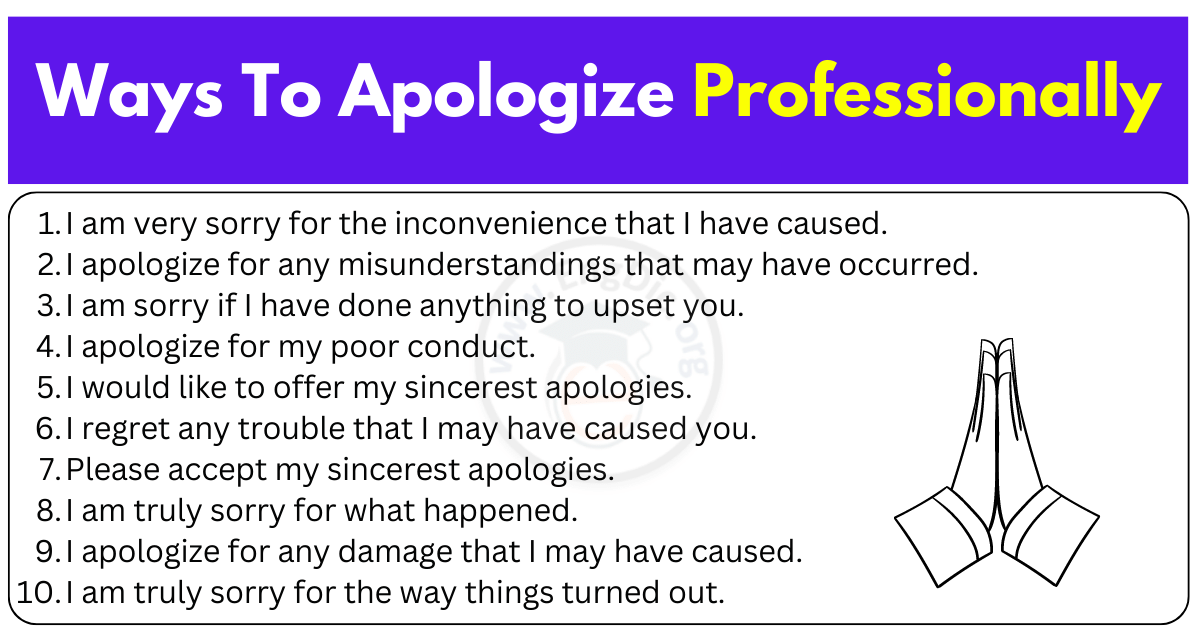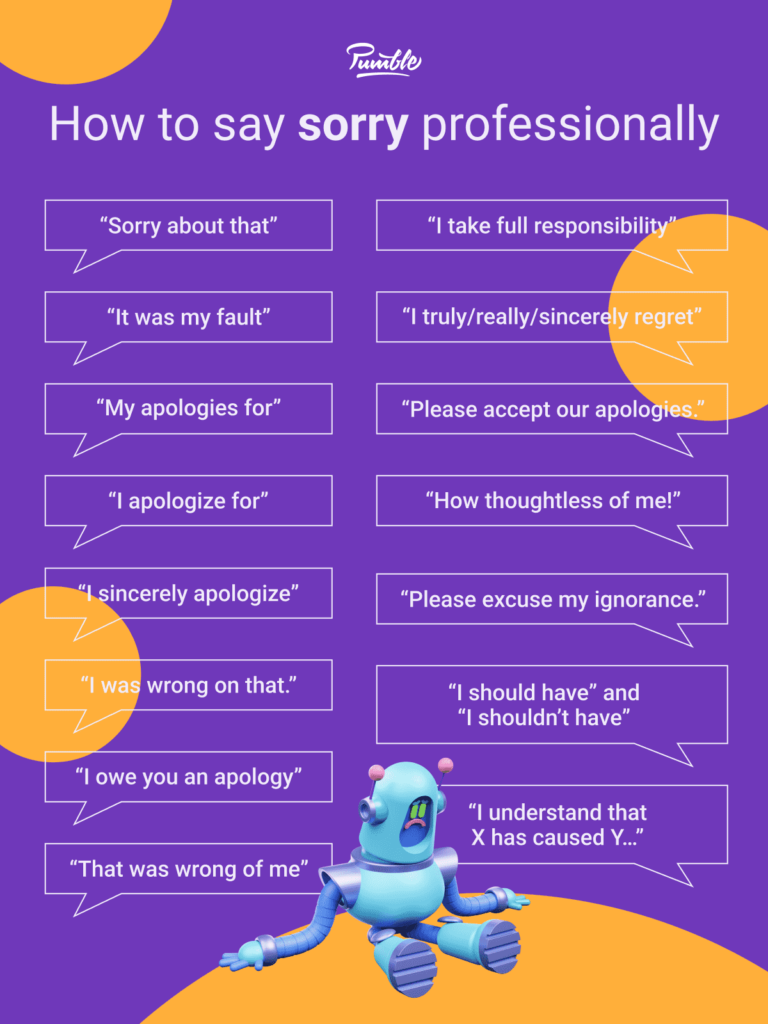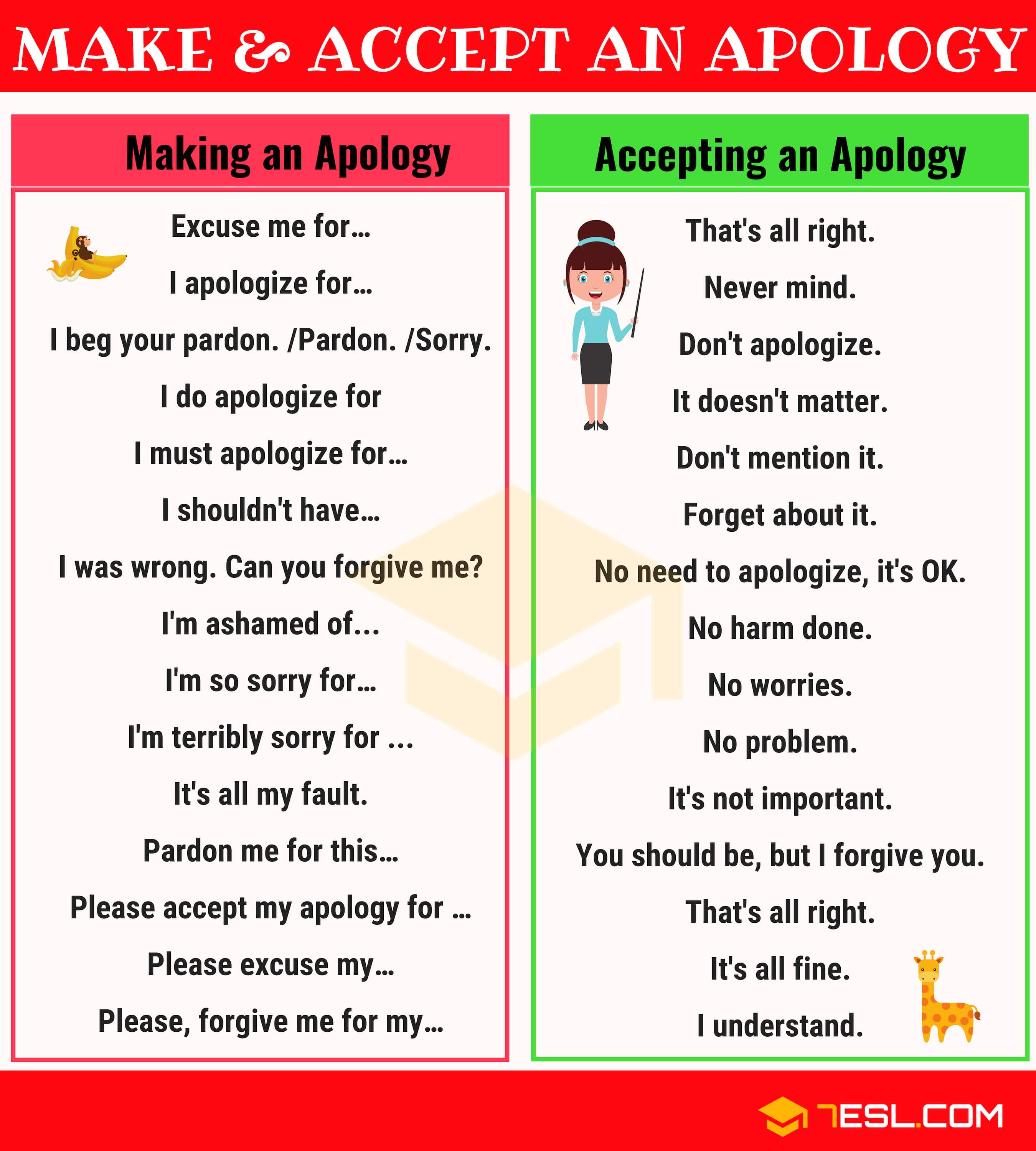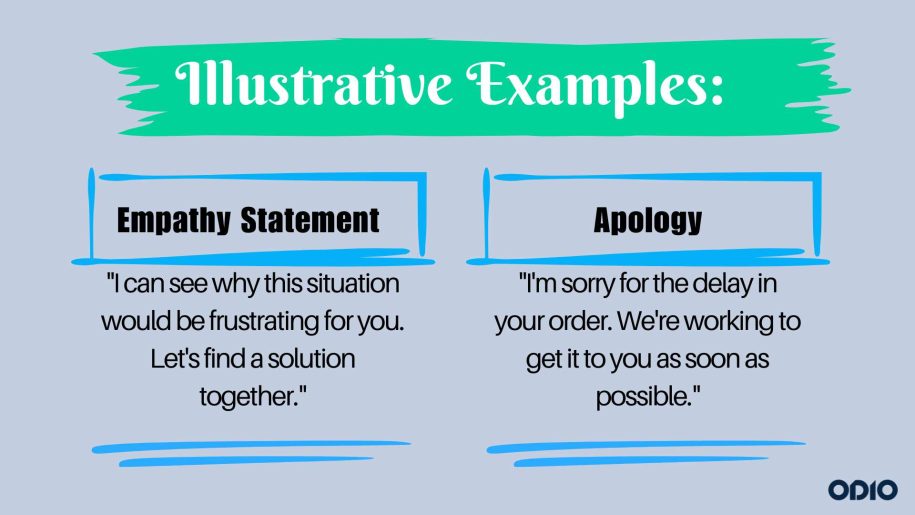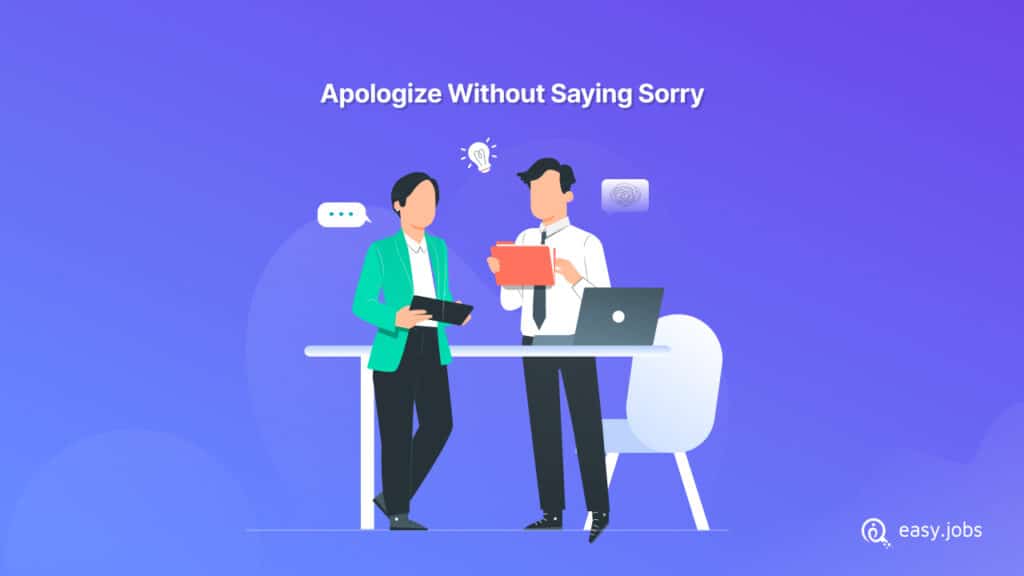How To Apologize Without Saying Sorry In Business

In the high-stakes world of business, navigating missteps and managing fallout is a crucial skill. Often, the traditional apology – uttering the words "I'm sorry" – can carry legal implications or create a perception of admitting guilt. This has led to the rise of alternative strategies for expressing remorse and taking responsibility without explicitly confessing fault.
These strategies are gaining traction across industries, from customer service interactions to high-level corporate crises. The goal is to rebuild trust and preserve relationships while mitigating potential legal and financial risks. Effective non-apology apologies hinge on empathy, acknowledgment, and a commitment to corrective action.
Acknowledging Impact and Taking Responsibility
The core of a successful non-apology apology lies in acknowledging the impact of the situation on the affected party. Instead of saying "I'm sorry," a business might say, "We understand the frustration this has caused" or "We recognize the inconvenience you have experienced."
This phrasing validates the other party’s feelings without admitting direct fault. It demonstrates empathy and shows that the business is aware of the negative consequences of its actions or inactions.
Taking responsibility for finding a solution is another critical component. A statement like "We are committed to resolving this issue" signals a proactive approach. It reassures the affected party that the business is dedicated to making things right, even if it doesn't explicitly apologize.
Examples in Practice
Consider a scenario where a software glitch leads to data loss for customers. Rather than saying "We're sorry for the data loss," a company might state, "We understand the significant disruption caused by the recent technical issue and the impact it had on your data access."
The statement should be followed by assurances of immediate action. It would be beneficial to add that, "Our team is working diligently to restore the lost data and prevent future occurrences."
This response acknowledges the problem, its impact, and the steps being taken to rectify it, without explicitly admitting fault. It focuses on solutions and rebuilding confidence. This approach can be particularly useful in regulated industries where admissions of liability can have severe consequences.
"The key is to shift the focus from blame to resolution," explains Dr. Anya Sharma, a business communication consultant. "Express empathy, take ownership of the solution, and clearly communicate the steps being taken to prevent recurrence. These steps are often more effective than a simple apology."
In the case of a product recall due to a manufacturing defect, a company could say, "We have identified a potential issue with a limited batch of our product and are proactively recalling them to ensure customer safety."
This statement highlights the proactive measures being taken to address the problem. It prioritizes customer well-being and avoids language that might be interpreted as an admission of negligence. This approach is designed to build trust and demonstrate the company’s commitment to quality and safety.
The Ethical Considerations
While non-apology apologies can be strategically advantageous, they also raise ethical considerations. Critics argue that these strategies can be perceived as insincere or manipulative if not executed carefully.
It's important to maintain transparency and authenticity when communicating with stakeholders. Any attempt to evade responsibility or downplay the impact of the issue can backfire, leading to further erosion of trust. A non-apology should never be a substitute for genuine accountability and a commitment to ethical conduct.
According to a 2023 report by the Ethics & Compliance Initiative (ECI), companies that prioritize ethical communication and transparency in their responses to crises tend to experience greater reputational resilience. Therefore, honesty and transparency are key.
In conclusion, mastering the art of the non-apology apology in business involves a delicate balance. It requires empathy, a commitment to taking responsibility for solutions, and a clear understanding of the ethical implications. When executed effectively, this strategy can help businesses navigate challenging situations, rebuild trust, and protect their long-term interests.
